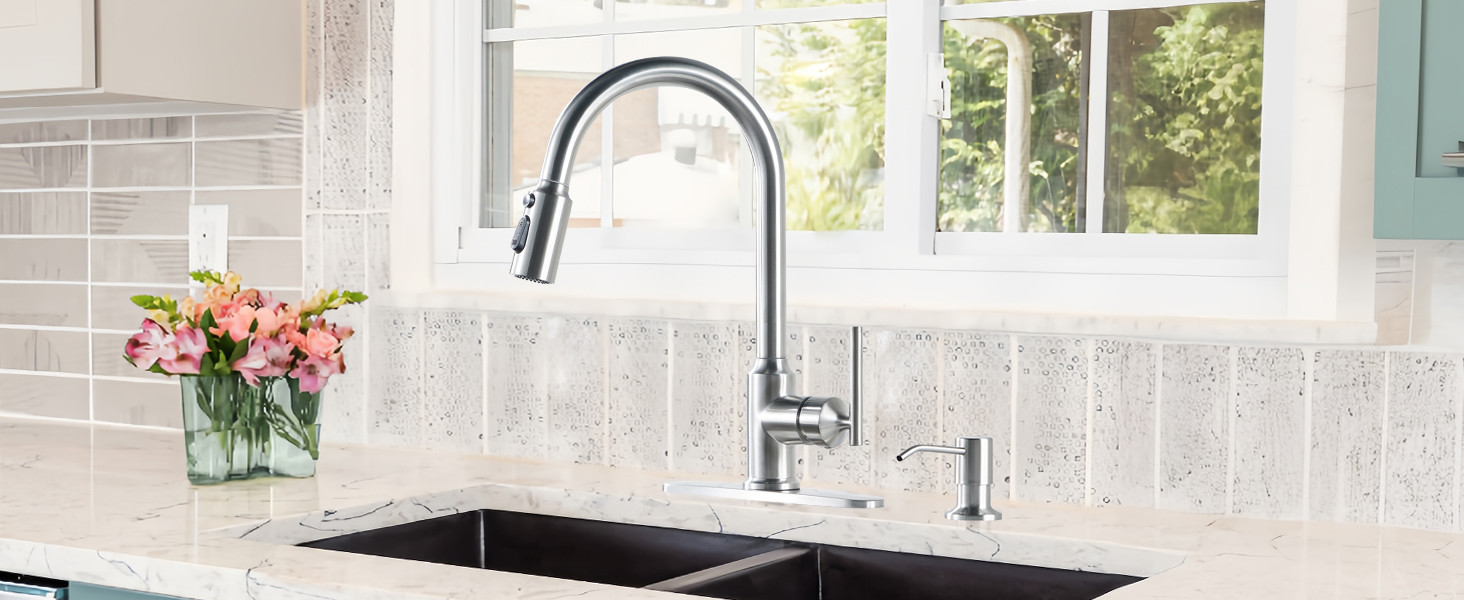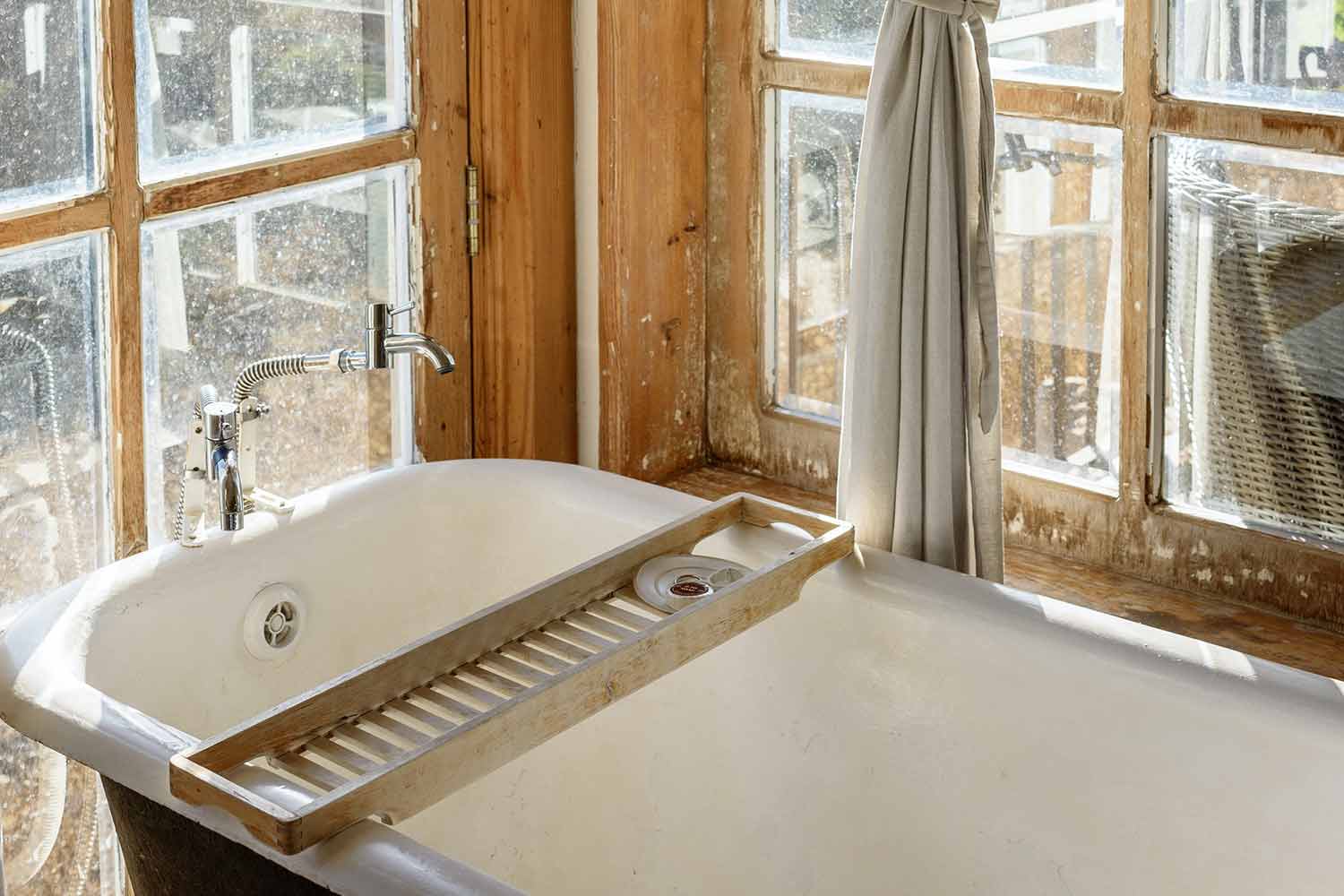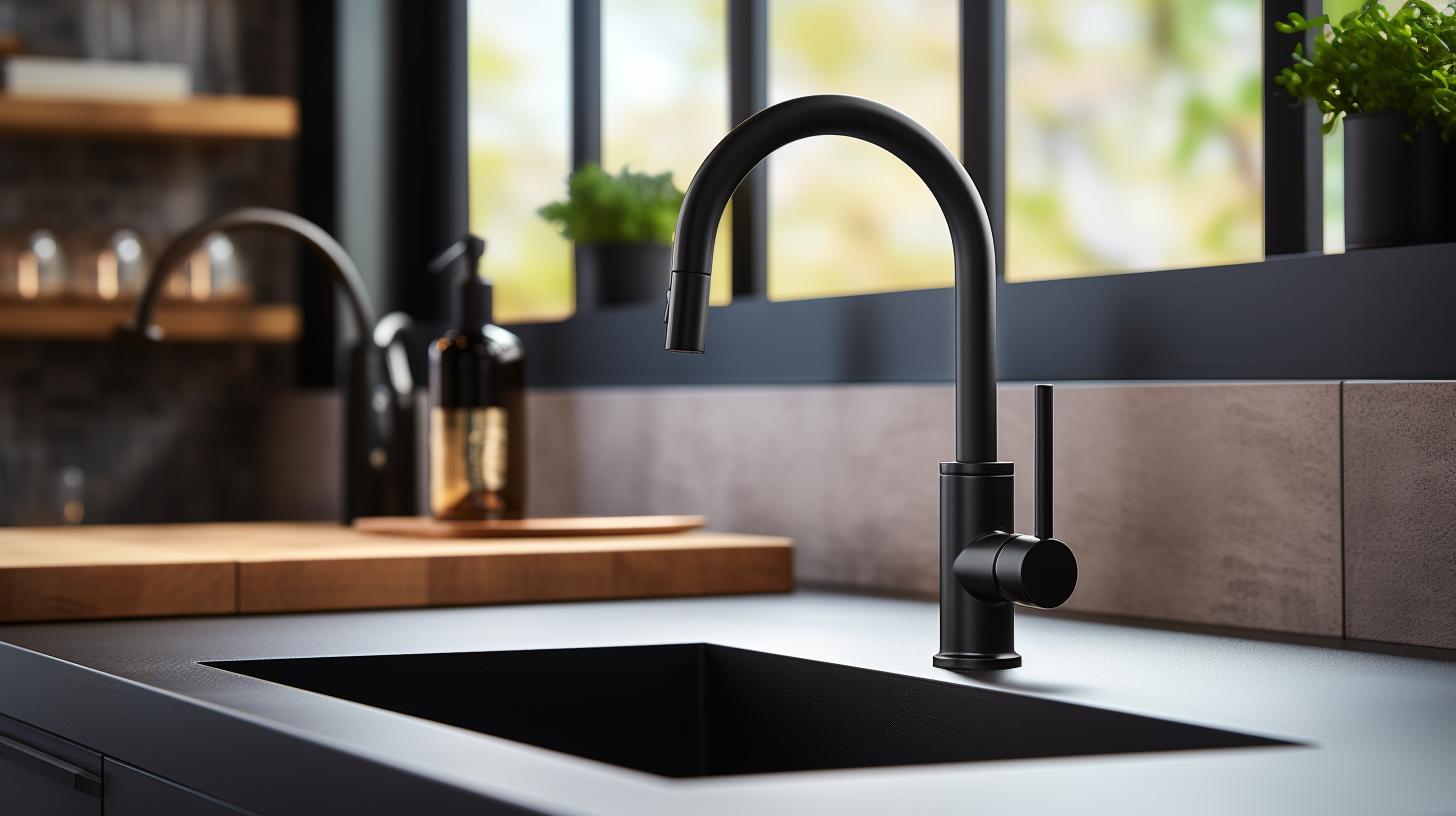An invigorating shower can get the day off to a smart start. Learn about the different types of shower heads, shower faucets and shower systems to find what will work best in your bathroom.
There are three types of shower heads:
Fixed Shower Heads
They’re mounted permanently to the wall of the shower unit. Some fixed shower heads are mounted in such a way that the height can be adjusted. Rainfall or spray shower heads can be mounted from the ceiling (special plumbing required) to replicate a true rain shower.
Handheld Shower Heads
These are connected to the wall by a flexible tube or hose, allowing a range of motion. Handheld shower heads most often hang on a fixed-mount bracket, which can hang low or high on the wall depending on your needs. They’re also useful for bathing children and pets, and they make cleaning the shower and tub easy.
Shower Heads With Hand Showers
If you can’t decide whether you want a fixed or handheld shower head, consider a 2-in-1 unit where the handheld unit is attached to the fixed shower head.
Shower Faucets
The shower faucet controls the water temperature and flow. Lever, cross or knobs are the most common handle type. A scald guard or pressure balancer prevents a sudden drop in cold water from being a burn hazard. If your shower system includes a tub, you’ll need a faucet with a diverter to control both the shower and the tub.Materials and Finishes
Materials and Finishes
Most shower heads are made of metal, solid brass or plastic with a chrome or colored finish.
Finishes
Fixed and handheld shower heads come in a variety of finishes to complement the other hardware and faucets in your bathroom. The most popular colors and finishes include:
Oil-rubbed bronze
Brushed or polished chrome
Brushed or polished nickel
Copper
Polished or antique brass
White
Off-white
Other Considerations
Energy Savings
For energy savings, look for shower heads that have a WaterSense® label to save water and money. These low-flow shower heads use less water than a standard model. According to government standards, no shower head can have a water flow rate greater than 2.5 gallons per minute at a standardized pressure of 80 pounds per square inch (PSI). Low-flow shower heads use even less than that, which translates to lower energy costs to the consumer. Not every home has water pressure as high as 80 PSI. Levels substantially lower than that can make a dramatic difference in the effectiveness of the shower. If it feels as if you never can get the shampoo rinsed out of your hair properly, look for a model designed specifically for low water pressure use.
Some shower heads also come with a cut-off valve that allows you to stop the flow of water while bathing, which greatly reduces the amount of water used in every shower.
Spray Patterns
Look for a unit in which the spray pattern is easily adjustable. Most shower heads offer three different spray patterns including:
A wide coverage that feels like a drenching rain and is ideal for everyday use
A drenching spray pattern that’s good for rinsing shampoo from your hair
A targeted pattern producing a sharp spray that’s ideal for sore muscles
Other Features
Would you like to sing along to music while taking your shower? Consider a shower head with a built-in wireless speaker. It can stream your music playlist or even get you caught up on the morning news. This shower head synchronizes with your Bluetooth-enabled devices (tablets, laptops or smartphones) and can last for seven hours before you need to recharge the removable sound capsule.







